Get Inspired
Across Europe, pioneers are transforming rooftops, garages, and forgotten spaces into thriving urban farms. In our Get Inspired section, we highlight the growers, innovators, and communities leading the way toward greener cities and local food resilience. Their stories show that with creativity and commitment, every corner of a city can become a source of fresh food and new hope.
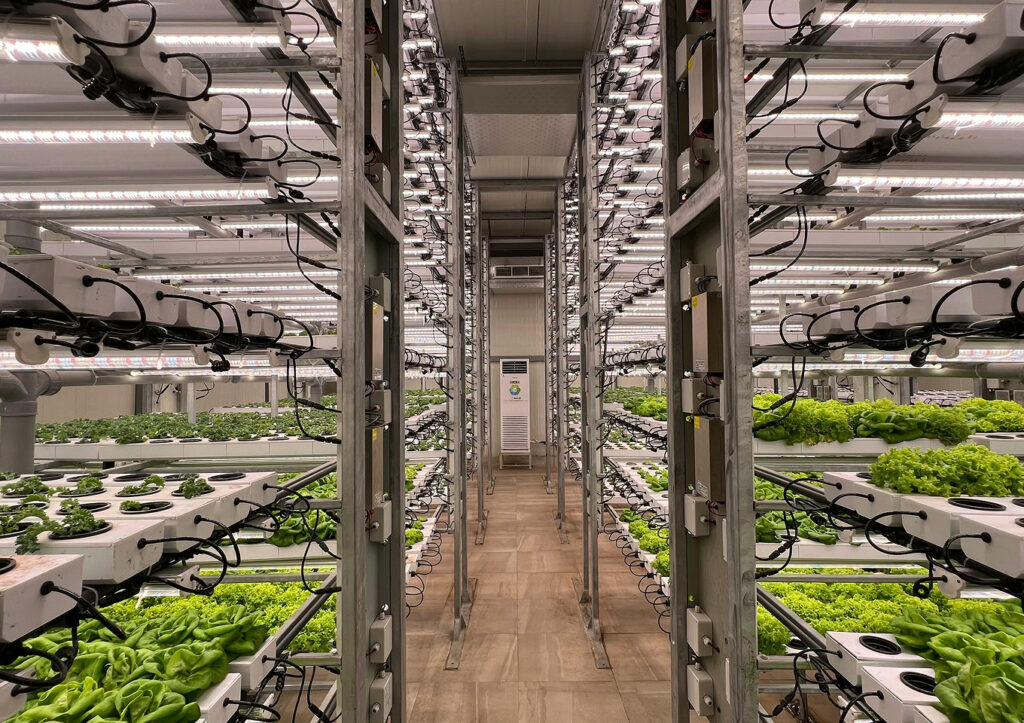
Nordic harvest
Nordic Harvest operates a 14-story hydroponic vertical farm in Taastrup, Denmark. They grow herbs and salads. Their goal is to make Denmark self-sufficient in these products, which are sold in stores throughout the country.
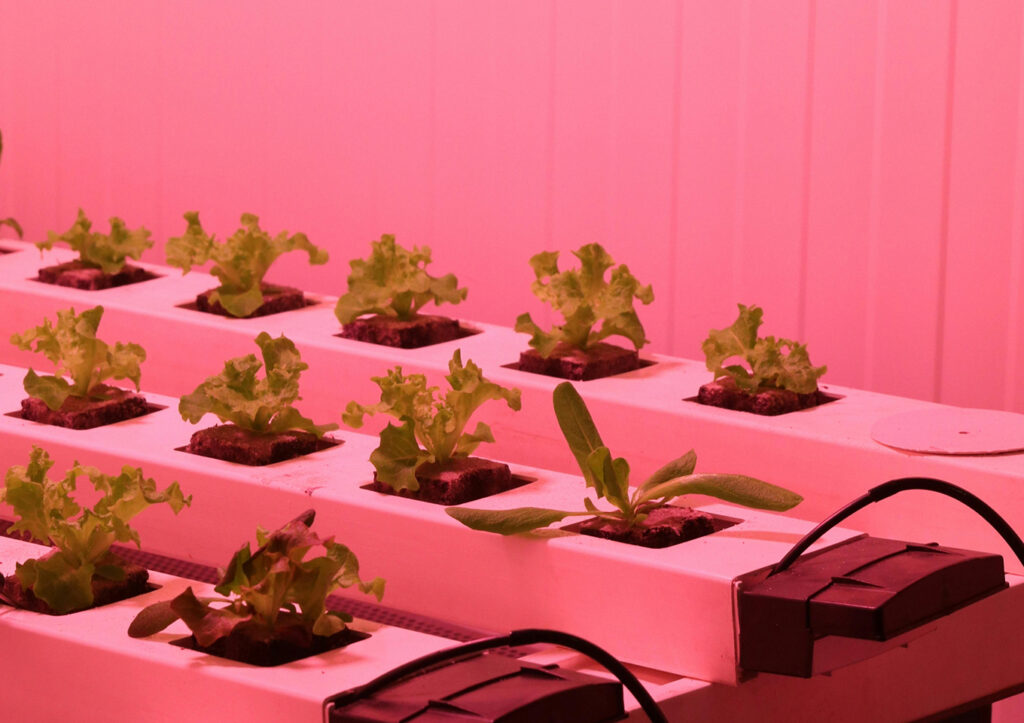
Futufarm
Futufarms provides hydroponic farming containers to businesses and entrepreneurs for sustainable local food production. They collaborate with farmers in 41 countries and use software to track crops in real time.
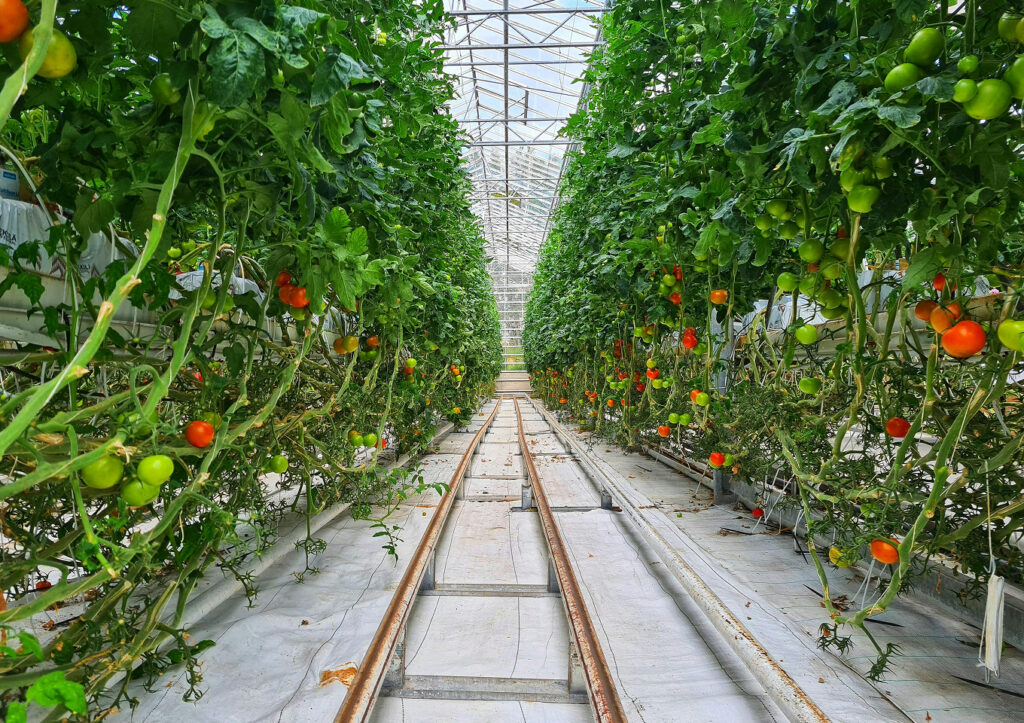
Agtira
Agira combines vertical farming and technology to grow fresh vegetables in urban areas with closed water systems and expands into aquaponics with salmon. They use AI and sensors to optimize growth.
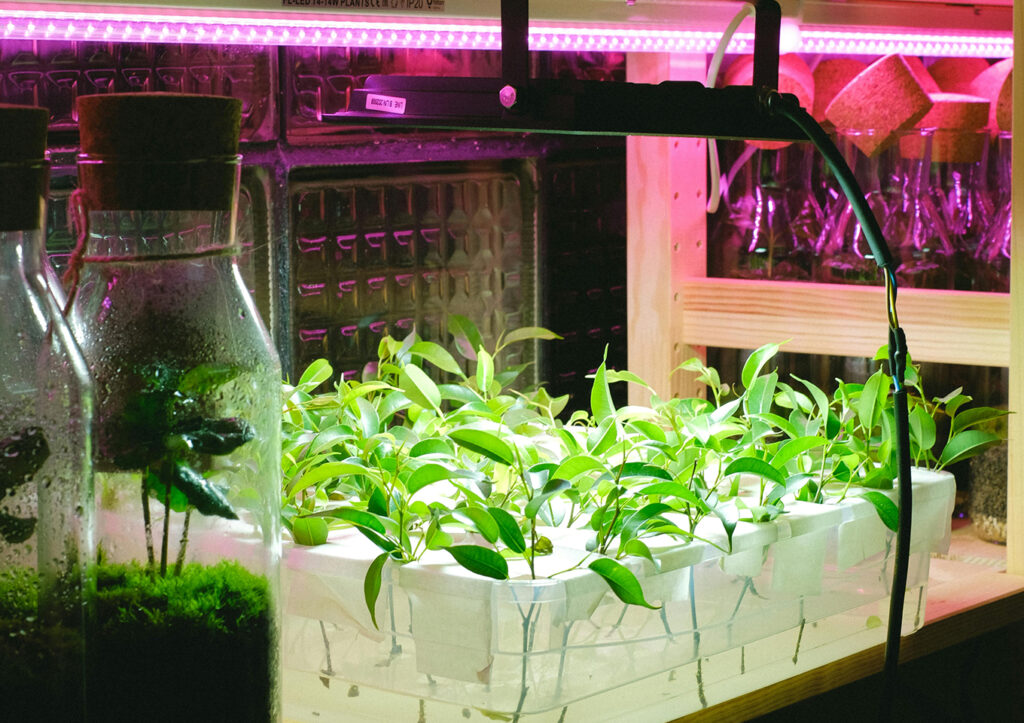
Urban crop solutions
Urban Crop Solutions specializes in indoor vertical farming with hydroponics, enabling year-round production under LED lighting. They use AI optimization and sensor monitoring for efficiency and sustainability.
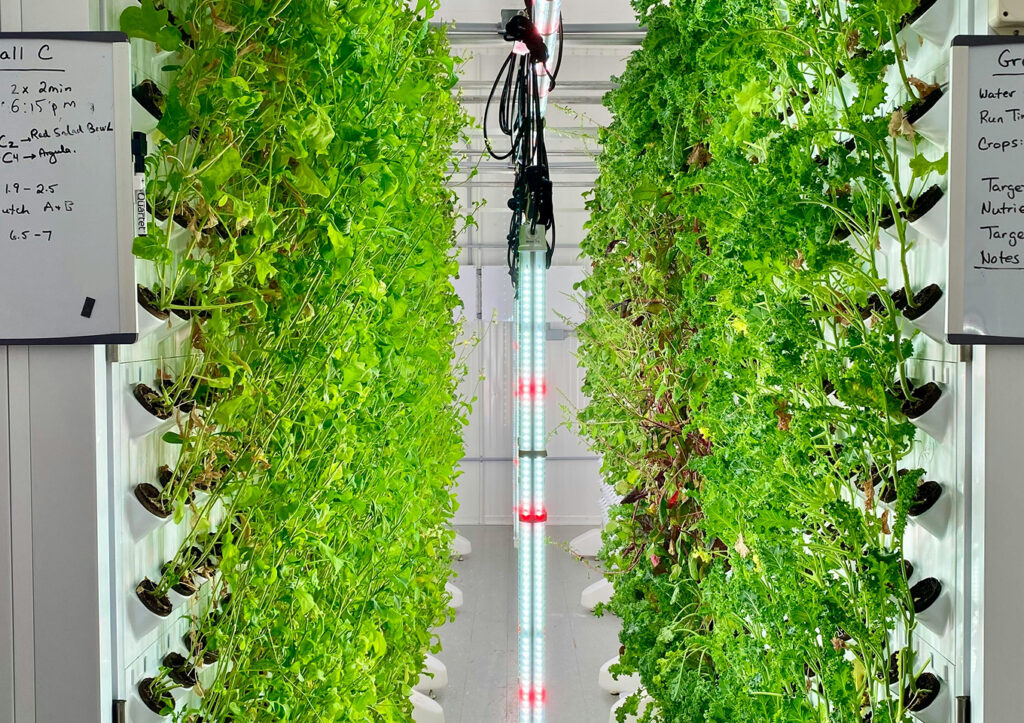
Grönska
In 2018 Grönska built one of Europe’s largest vertical farms near Stockholm using hydroponics to grow vegetables and herbs. They are now sold in various grocery stores throughout the Stockholm area.
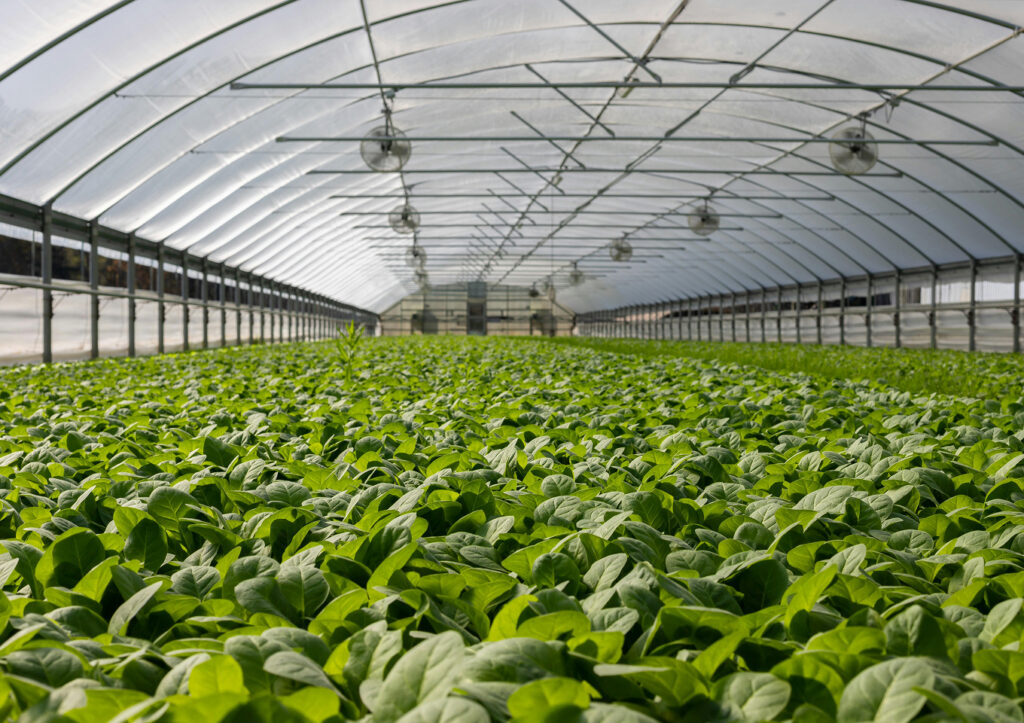
ECF farm
ECF Farm in Berlin is an urban aquaponics facility combining aquaculture and hydroponics in a symbiotic system. Producing 30 tons of fish and 30 tons of vegetables annually with a two-loop water circulation system.
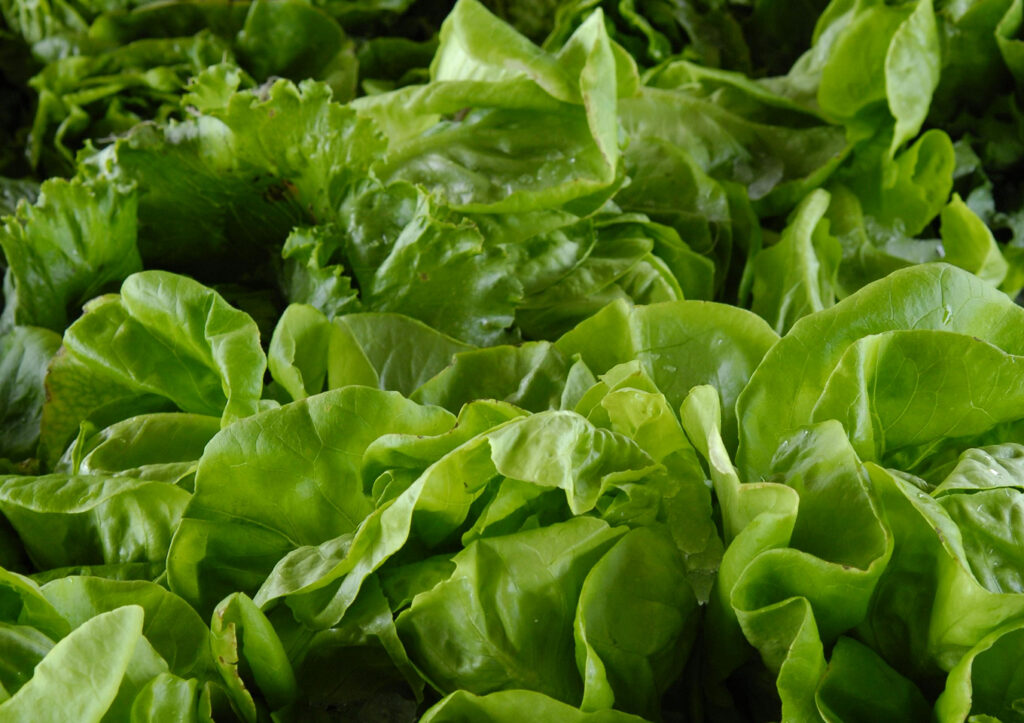
Green & Growing
Green & Growing runs high-tech hydroponic vertical farms in cities in Sweden, offering 140 varieties of lettuces, herbs, cabbages, and flowers. They partner with property owners and sell directly to consumers.
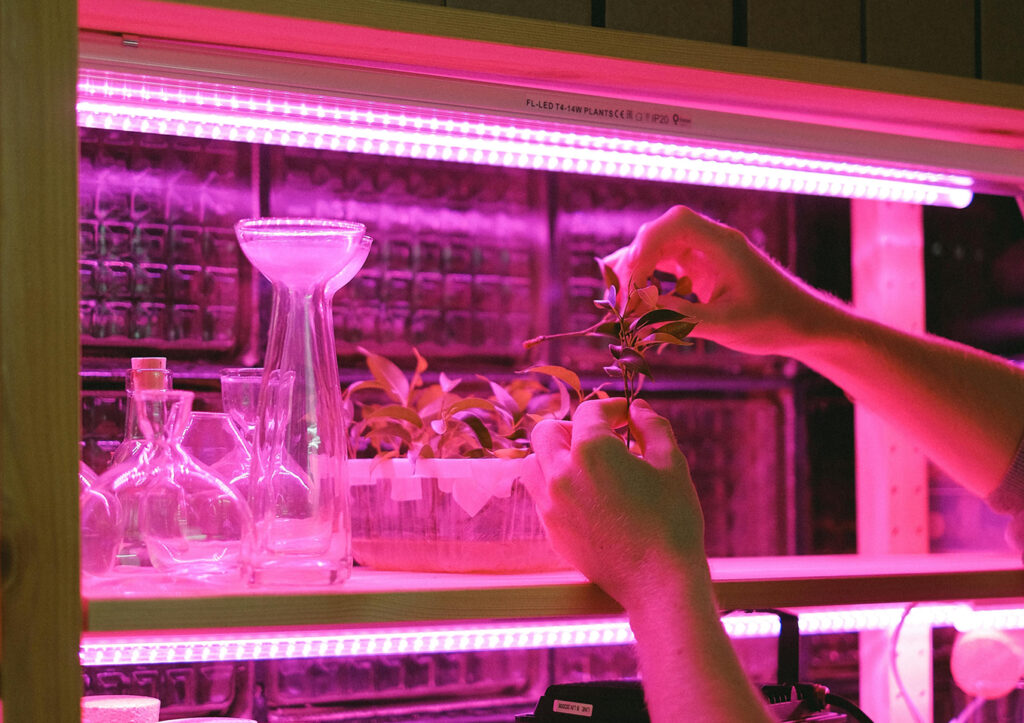
Farmy
Farmy runs indoor hydroponic farms in Stockholm, producing herbs, microgreens, and edible flowers. They focus on local, sustainable, year-round production with minimal transportation and high-quality products.
Adaptive Reuse
In cities across Europe, visionaries are giving new life to old spaces — turning warehouses, garages, and industrial buildings into vibrant hubs for food, culture, and community. In this section, we share inspiring examples of adaptive reuse, showing how creativity and purpose can transform forgotten places into powerful engines of sustainability, resilience, and local pride.
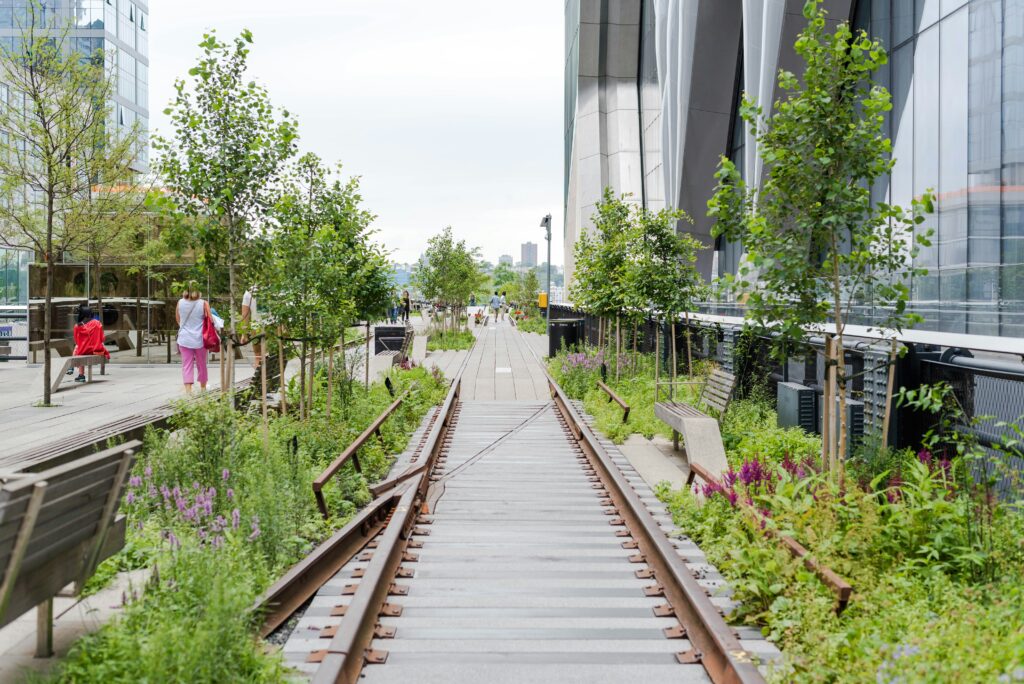
The High Line
New York, USA
The High Line in New York City is a stunning example of adaptive reuse, transforming an old elevated railway into a public park. By retaining its industrial character while incorporating lush greenery and modern design, it has become a beloved urban space that connects neighborhoods and fosters community engagement.
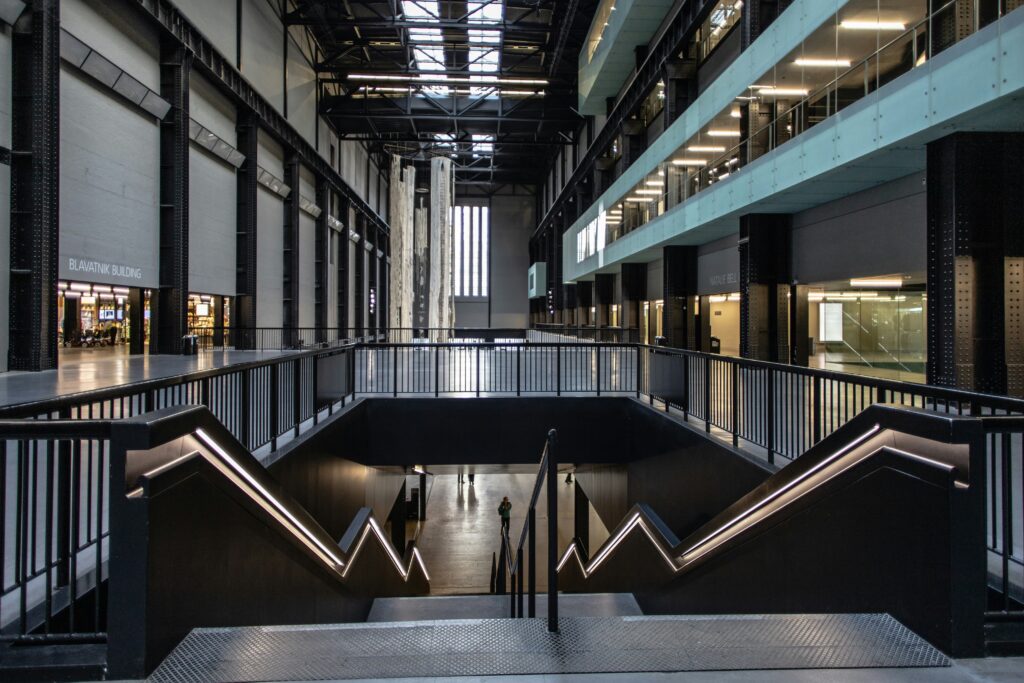
Tate Modern
London, UK
Tate Modern in London stands as a transformative example of adaptive reuse, where the iconic Bankside Power Station was reinvented into one of the world’s most visited modern art museums. The building’s raw industrial features, like its vast turbine hall and towering brick walls, have been preserved, creating a striking contrast with the cutting-edge exhibitions it now houses.

The Distillery District
Toronto, Canada
The Distillery District in Toronto is a perfect blend of old and new, where the rich industrial history of the Gooderham and Worts Distillery is preserved in its charming Victorian-era buildings. The area’s cobblestone streets and historic architecture create a timeless atmosphere, while modern galleries, restaurants, and boutiques bring a fresh, creative energy.
